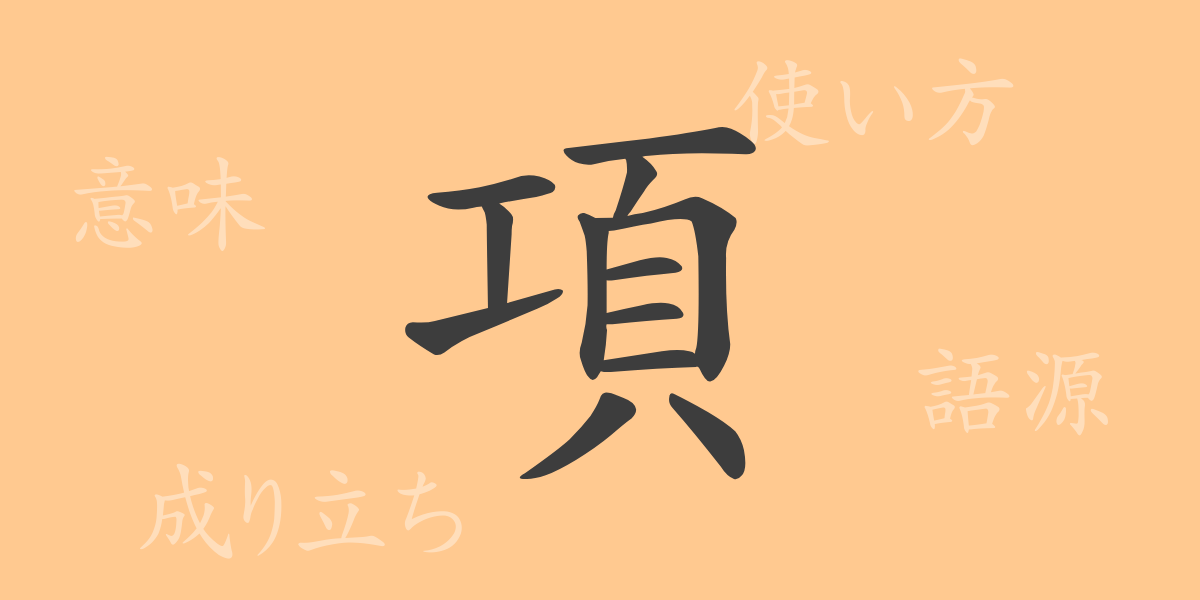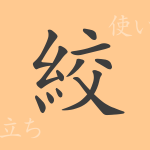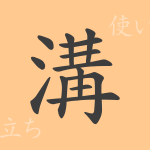In the Japanese writing system, kanji are known for their rich expressiveness and deep history. One of the commonly used kanji, “項(こう),” is deeply rooted in the daily life and culture of Japanese people. This article delves into the origins, meanings, and usage of “項(こう),” as well as frequently used compounds and idiomatic expressions in Japanese. Let’s rediscover the beauty and complexity of the Japanese language by exploring the infinite possibilities held within a single kanji character.
Origin of 項(こう) (Etymology)
The kanji “項(こう)” originated in ancient China, with its form symbolizing the head and neck. Initially, it was used as a pictograph meaning “the back of the neck” or “the nape of the neck.” Over time, its meaning expanded, and figurative uses emerged. Today, it is used to signify sections or items in various contexts, such as marking points or segments in documents.
Meanings and Usage of 項(こう)
The primary meaning of “項(こう)” is “the back of the neck,” but in different contexts, it can refer to “clauses” or “items.” Common usages include “条項(じょうこう)” (clauses in laws or contracts) and “項目(こうもく)” (items in lists or tables of contents). Additionally, in fields like mathematics and programming, it is used to denote parts of equations or datasets.
Readings, Stroke Count, and Radical of 項(こう)
The kanji “項(こう)” has multiple readings in Japanese, with “こう” being the most common on-yomi (Chinese reading). It can also be read as “うなじ” in kun-yomi (Japanese reading).
- Readings: On-yomi – こう, Kun-yomi – うなじ
- Stroke count: 12 strokes
- Radical: 頁(おおがい)
Idioms, Phrases, and Proverbs Using 項(こう)
Numerous idioms, phrases, and proverbs in Japanese feature “項(こう).” For instance, “項垂れる(こうたれる)” means to hang one’s head in shame or sorrow. “一項落ちる(いっこうおちる)” signifies that one item is missing, and “項目を絞る(こうもくをしぼる)” means to narrow down items from a list or discussion. These expressions are widely used among Japanese people, showcasing the depth of the language.
Conclusion on 項(こう)
The kanji “項(こう)” carries meanings related to the neck, as suggested by its form, but it also transcends this to find diverse applications. From legal documents to everyday conversations and even literary works, “項(こう)” plays a crucial role in the Japanese language. This single character encapsulates the complexity and richness of Japanese expression, allowing us to appreciate the beauty of the language through its various uses.

























